China Launches New Rocket Headed for the Dark Side of the Moon
China has launched a new rocket headed for the dark side of the moon as it looks to ramp up its ongoing space race with the United States.
This new rocket is a probe that is set to collect various samples from this specific part of the lunar surface.
The Chang’e-6 Probe
China’s latest rocket is called the Chang’e-6 probe, named after the moon goddess of Chinese mythology. The rocket attached to the probe took off from Wenchang Space Launch Center at 10:27 BST.

Source: Dennys Hess/Unsplash
The probe will now embark on a 53-day mission as it travels to the moon, collects samples, and then heads back to Earth.
The Dark Side of the Moon
The probe is set to land on the dark side of the moon, the not often visited area of the lunar surface. China was the first country to ever land a rover in this area of the moon five years ago.
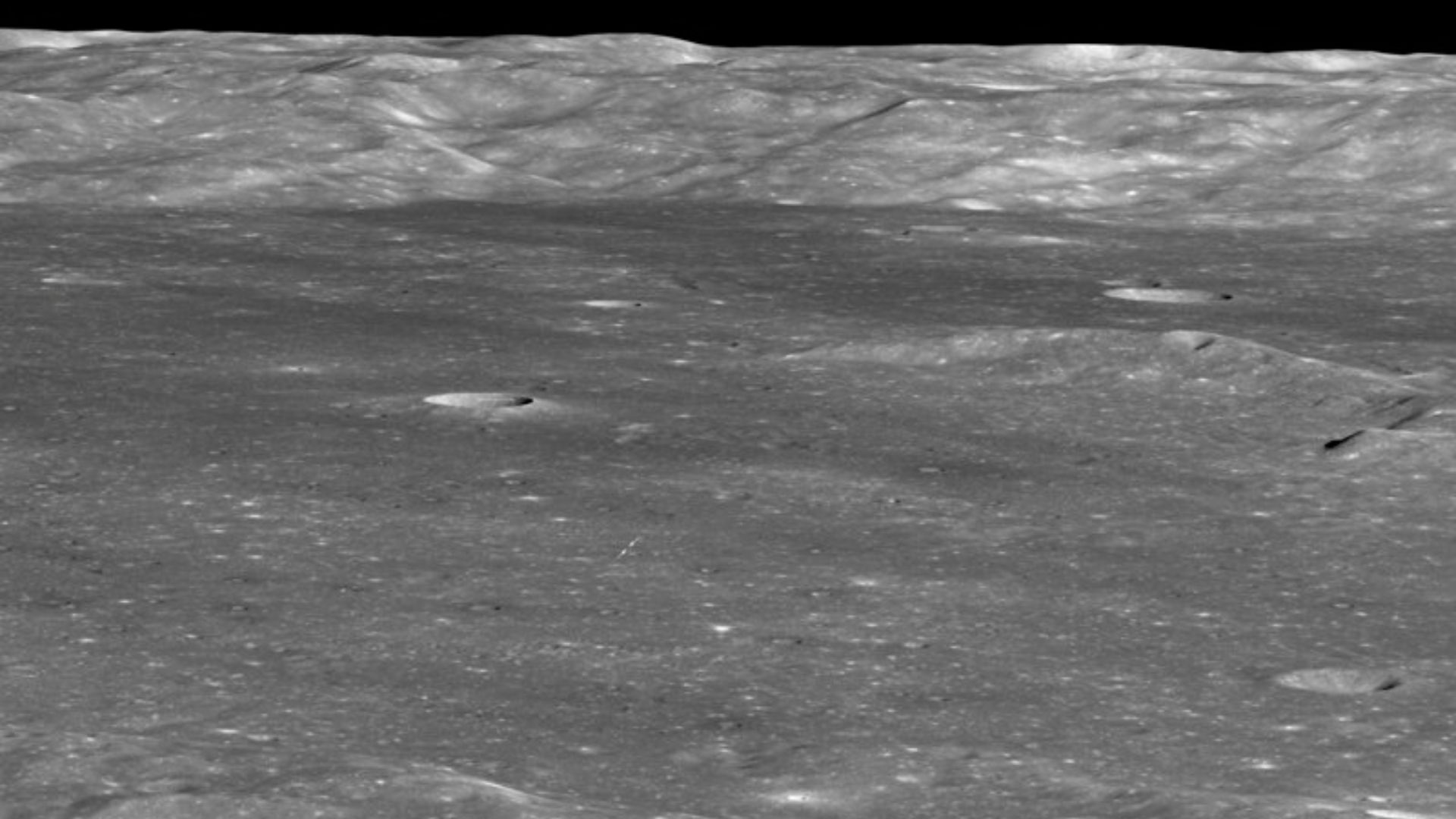
Source: NASA/GSFC/Arizona State University/Wikimedia Commons
Now, the country seeks to be the first in the world to collect samples from the dark side of the moon.
A Tricky Relaunching
To do this successfully, the Chang’e-6 probe will have to conduct a tricky relaunching from the side of the moon that faces away from the Earth, but only after it collects about two kilograms of samples from the moon’s surface.
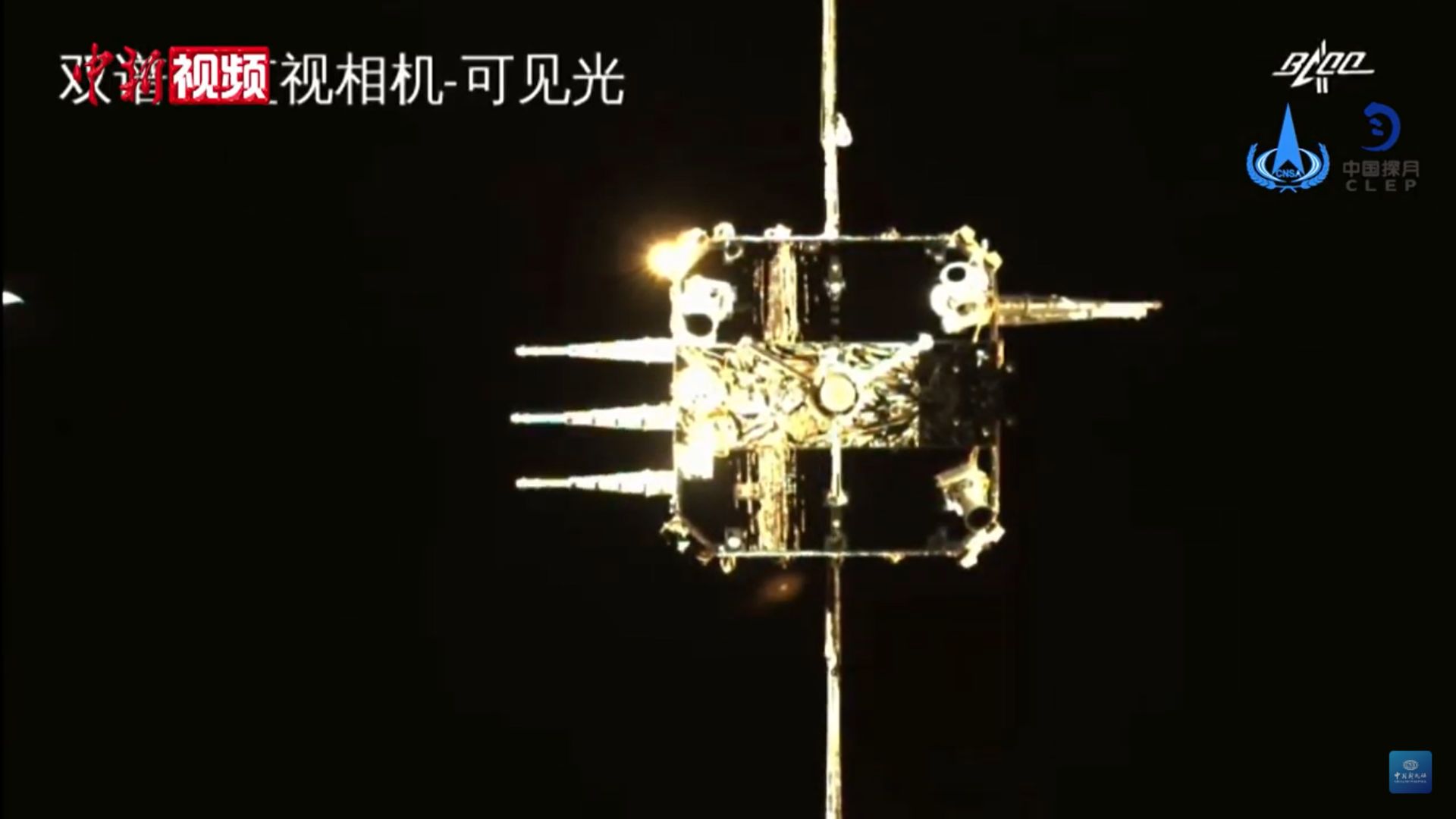
Source: China News Service/Wikimedia Commons
The dark side of the moon is simply the area of the moon that is not seen from Earth. However, it still does get sunlight.
A Different Area of the Moon
Because the dark side of the moon doesn’t face Earth, many scientists and regular people have found themselves interested in this area of the celestial object.
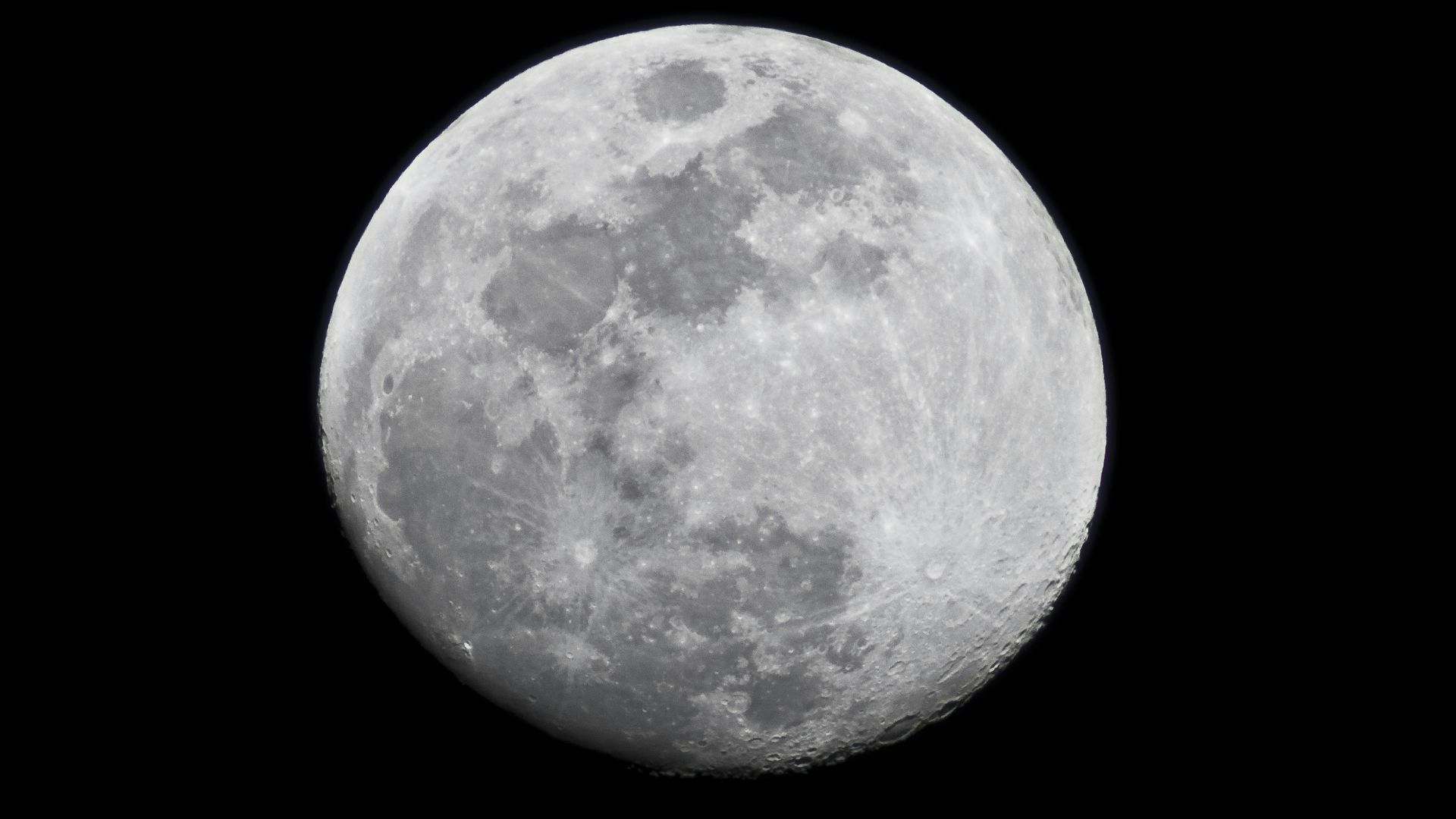
Source: Matt Benson/Unsplash
As this region of the moon has an older, thicker crust, scientists are intrigued about the samples China’s probe could bring back to Earth. The dark side of the moon also has more craters — and these craters aren’t as filled by ancient lava as the other side of the moon.
Uncovering the Moon’s Mysteries
If the Chang’e-6 probe is successful and manages to bring back samples from the dark side of the moon — for the first time in history — then scientists may be able to uncover some of the moon’s long-held mysteries.
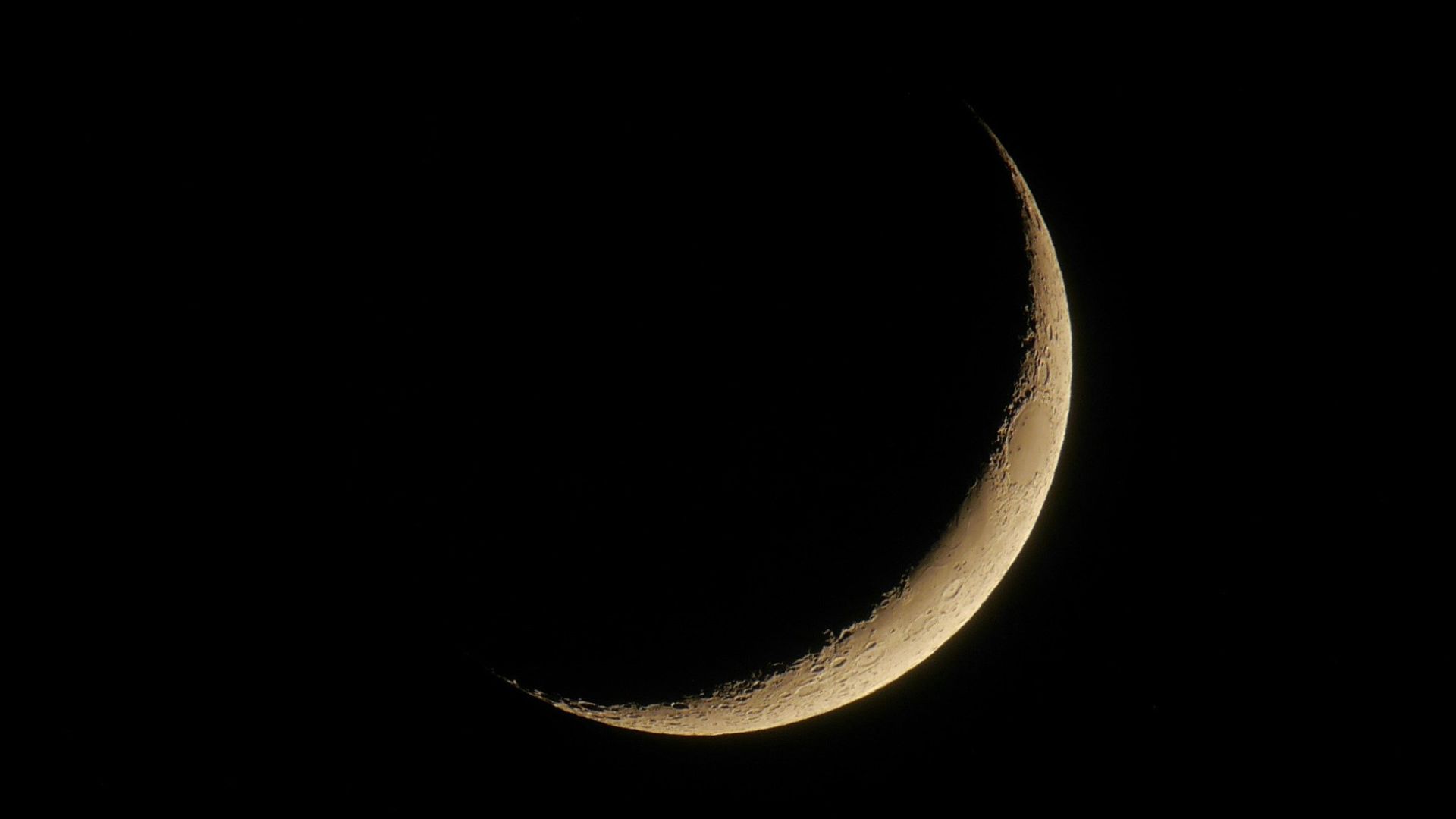
Source: nousnou iwasaki/Unsplash
For example, these samples could help researchers better understand how the moon was first formed so long ago.
The Collection of Material
To collect this material, the Chang’e-6 probe will land in the South Pole-Aitken Basin on the moon. This basin is about 1,553 miles wide and 5 miles deep.
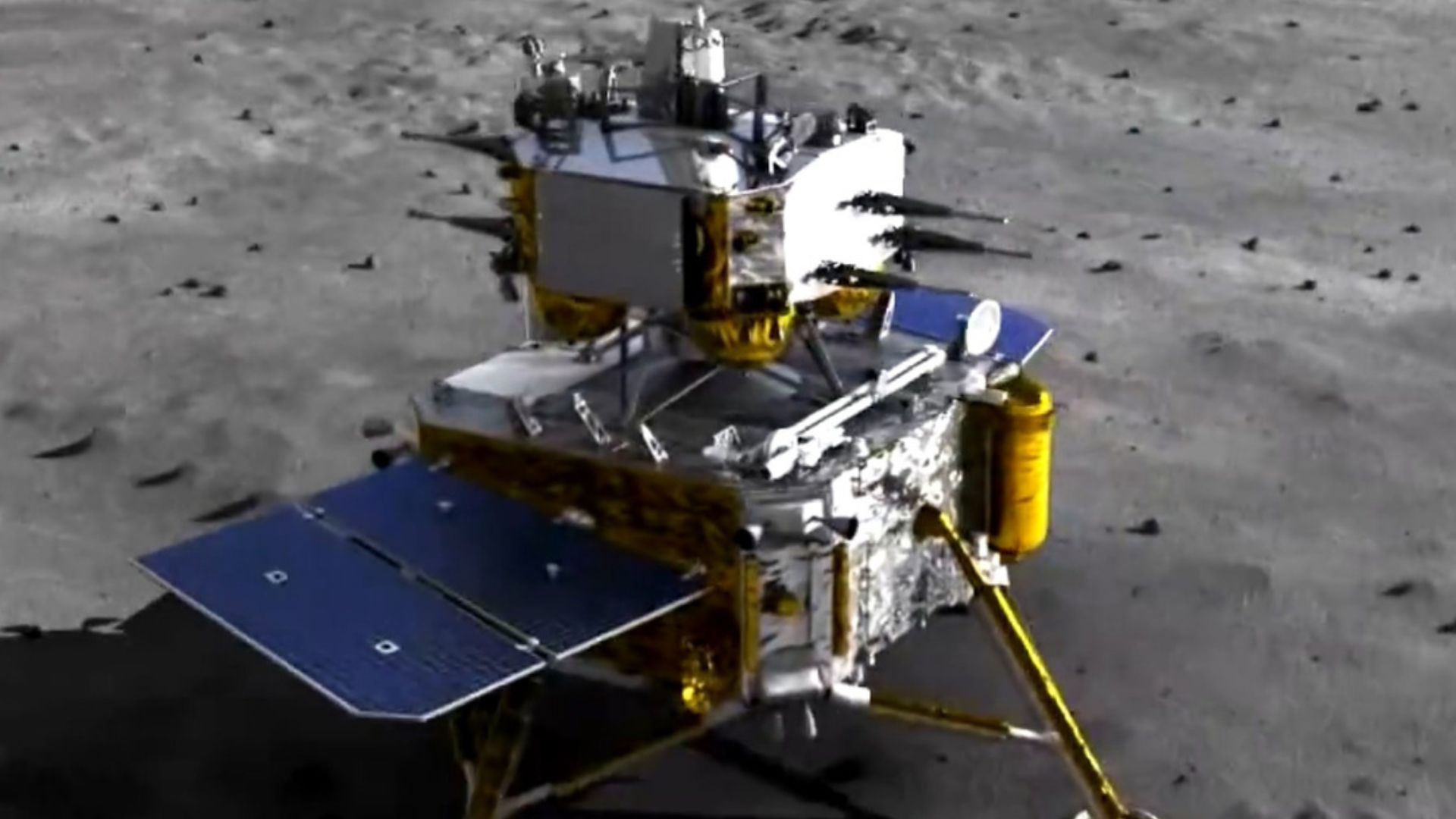
Source: China News Service/Wikimedia Commons
By using a drill and its mechanical arm, the probe will then do its best to collect different samples of the lunar surface. This could include lunar rocks and soil. Experiments may also be conducted by the probe while it’s on the dark side of the moon.
An Uncrewed Mission
This mission is not crewed. However, the probe will be able to communicate with Earth thanks to Queqiao 2, a relay satellite.
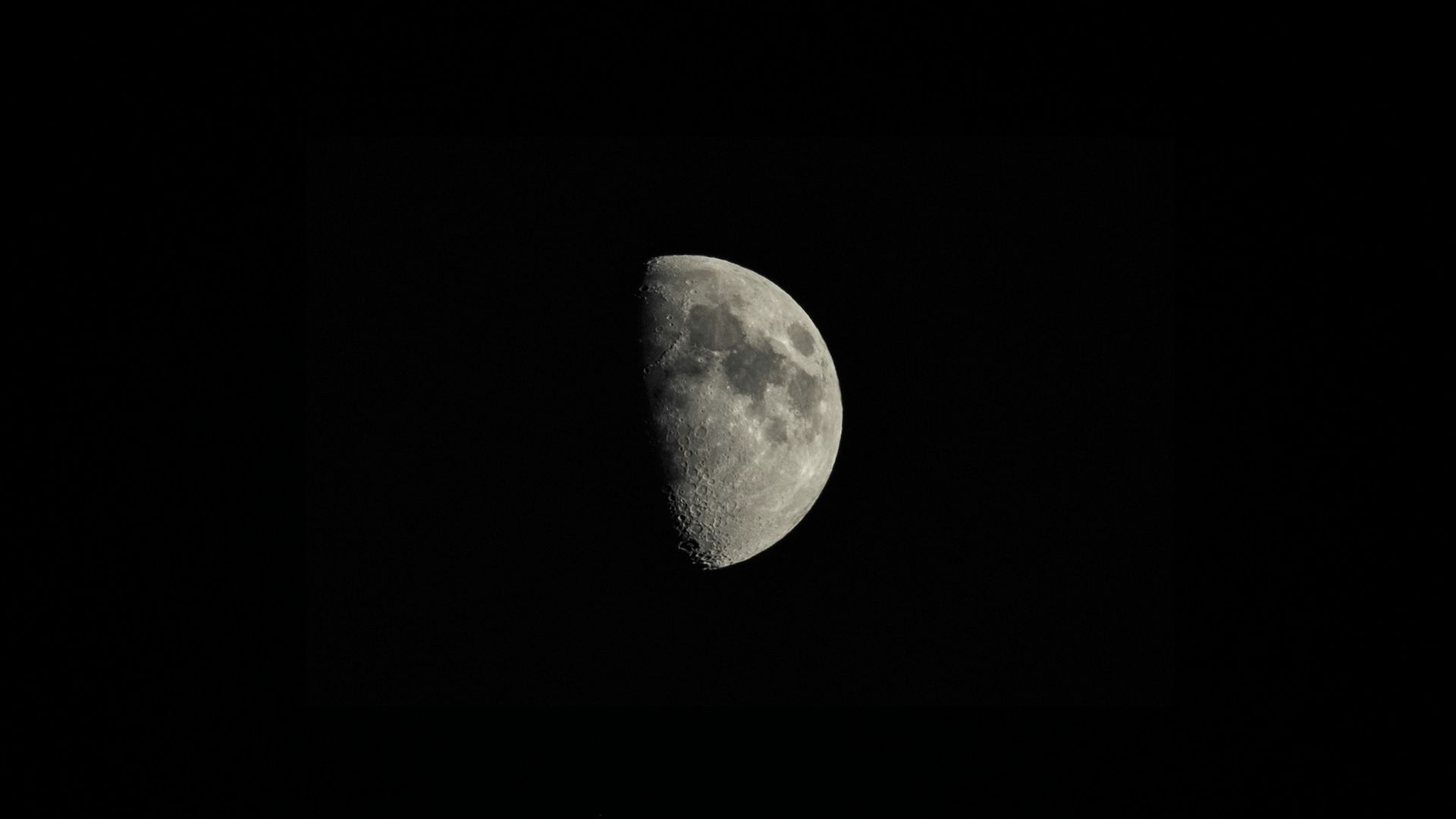
Source: Fredrik Solli Wandem/Unsplash
This mission is one of three upcoming uncrewed plans that China has as they seek to send more probes — and, eventually, people — to the moon in the next 10 years.
China’s Focus on the Moon
China has various missions set up that will take place before 2030. The rocket launch of the Chang’e-6 probe is their first uncrewed mission. Two others will follow.
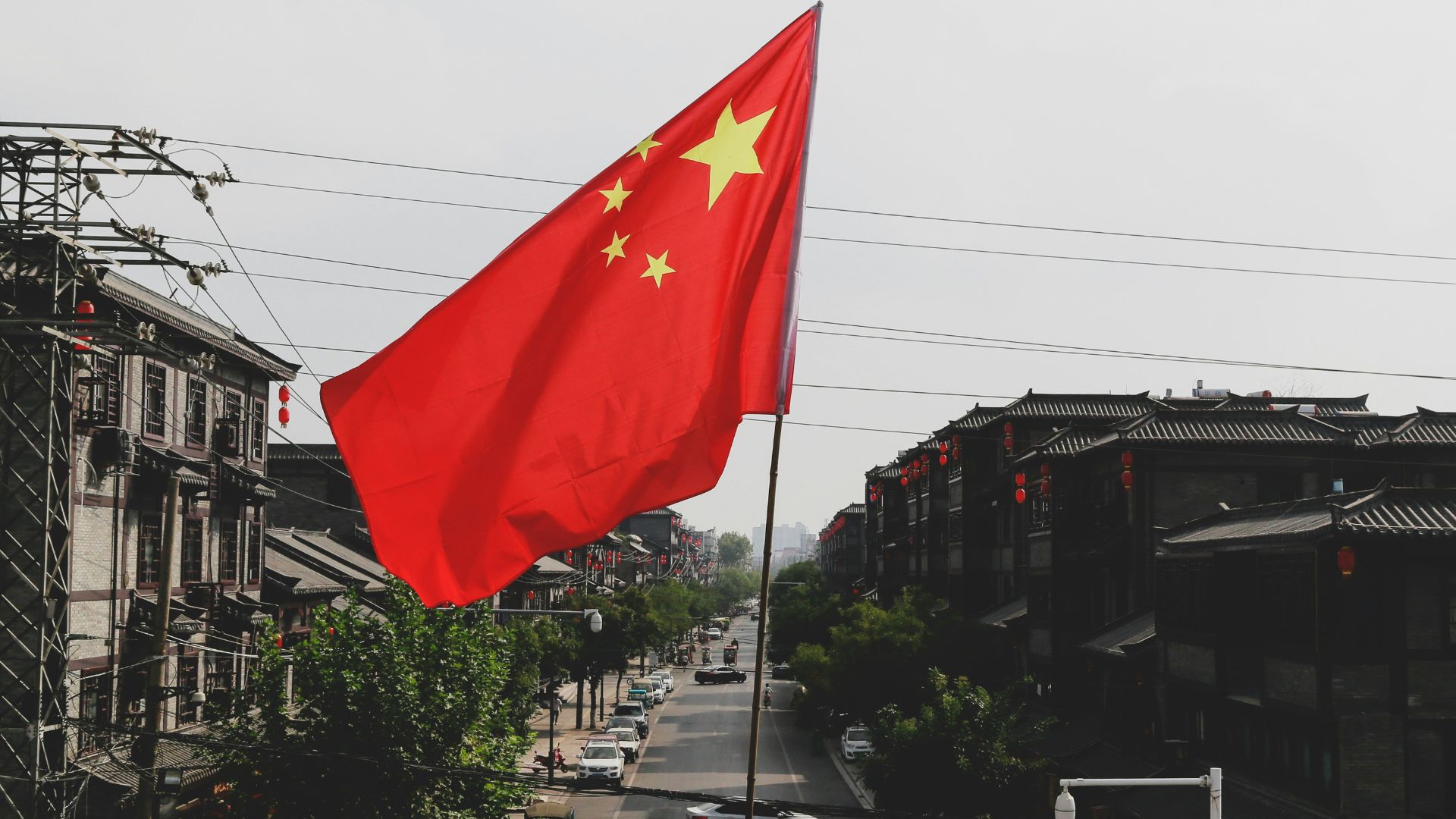
Source: / Ricardo/Unsplash
The Chang’e-7 will also be headed for the moon. However, it will search for water in the lunar south pole of the natural satellite. Meanwhile, the Chang’e-8 will try to uncover how feasible a built base could be on the surface of the moon.
Sending Astronauts to the Moon
China has also announced that it plans to send people to the moon by 2030. The country wants to land its first astronauts on the moon as it continues to ramp up its space race with the U.S.
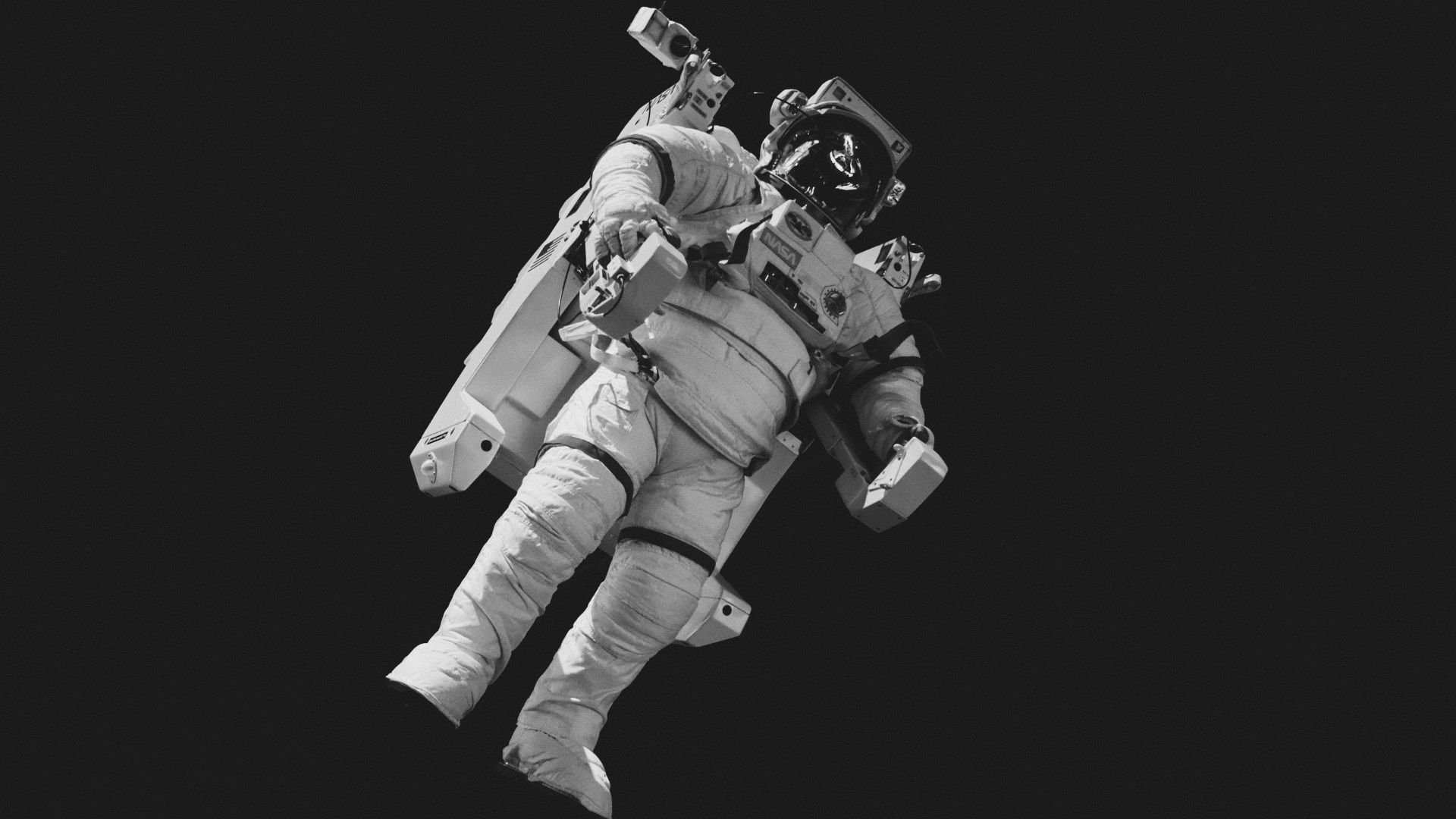
Source: Brian McGowan/Unsplash
China also has plans to send more probes to other areas of space, particularly Mars and Jupiter. These probes will collect samples from the surface of these planets.
Will the Mission Be Successful?
This latest Chinese mission will last 53 days. While space exploration is always complex — and while even the best missions can fail suddenly — scientists in China have high expectations for the Chang’e-6 probe.
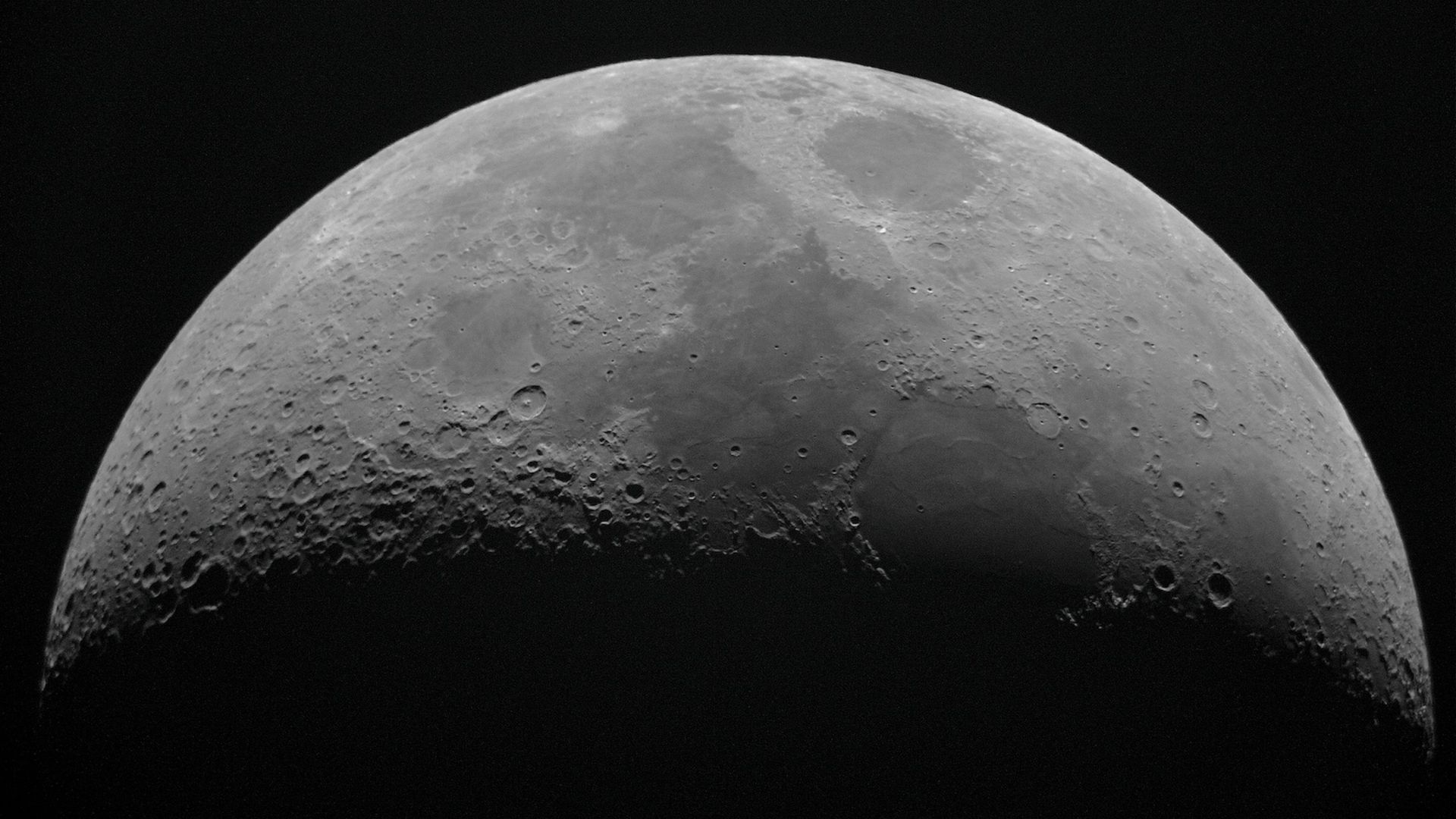
Source: Nicolas Thomas/Unsplash
China has had success collecting lunar samples in the past. In 2020, the Chang’e-5 collected the youngest-ever lavas from the Moon.
The U.S. vs China
This latest rocket launch is simply the next step in the ongoing space race between the U.S. and China. Both countries have amped up their desire to head to the moon in recent years as they seek to expand their reach into space.
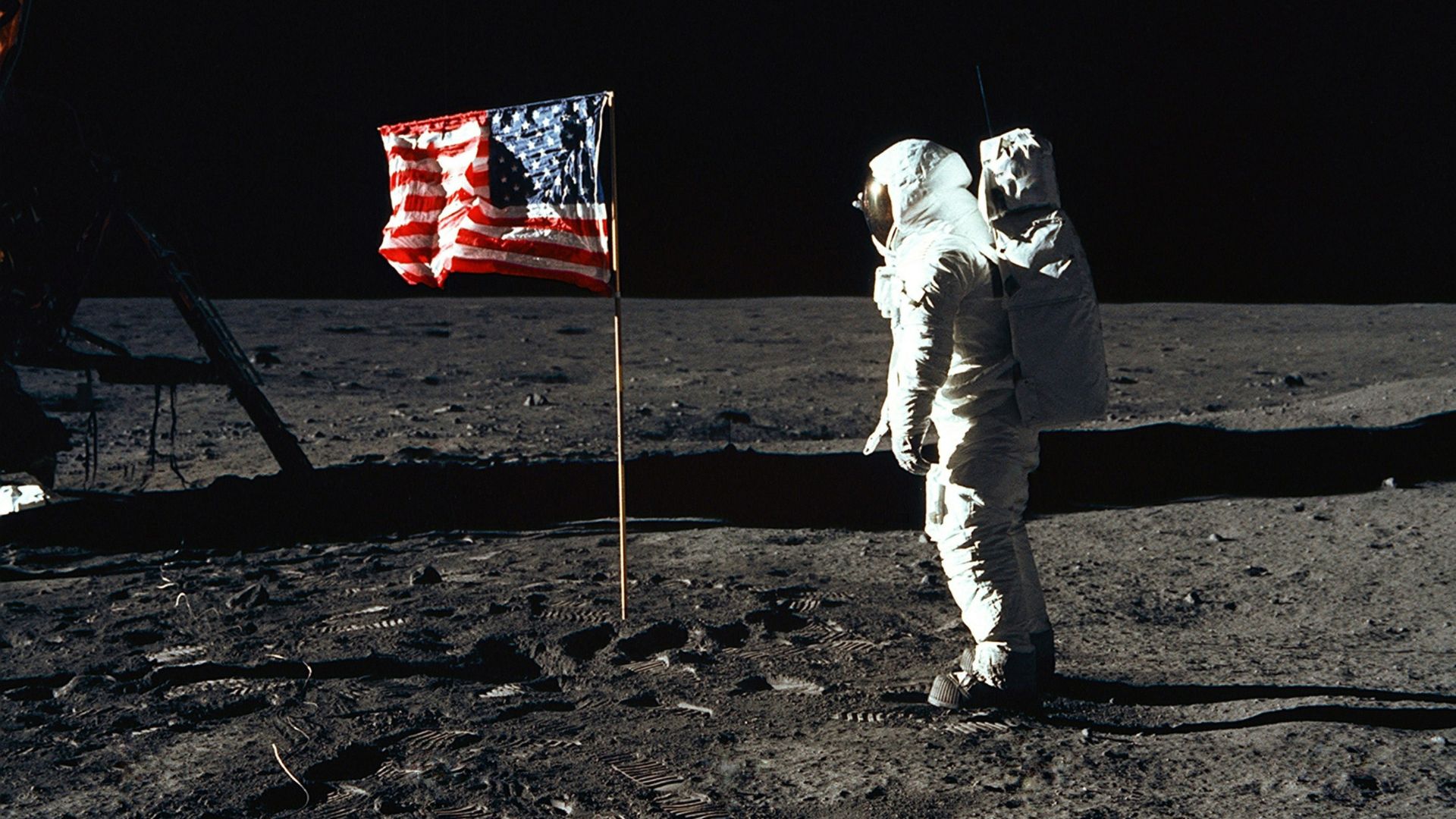
Source: NASA/Unsplash
While China plans on putting its astronauts on the moon by 2030, NASA has declared it will do the same by 2026.
